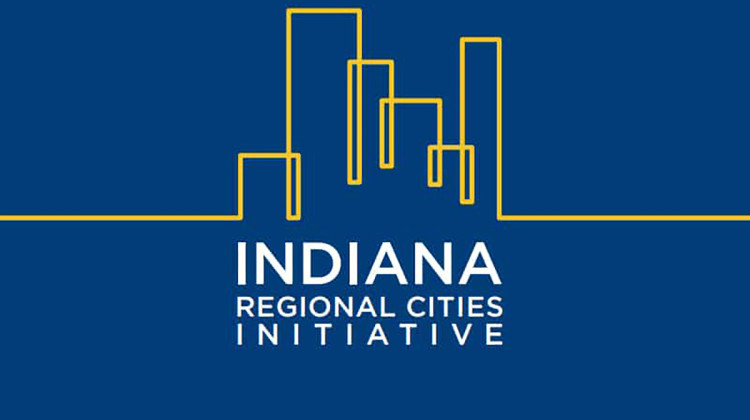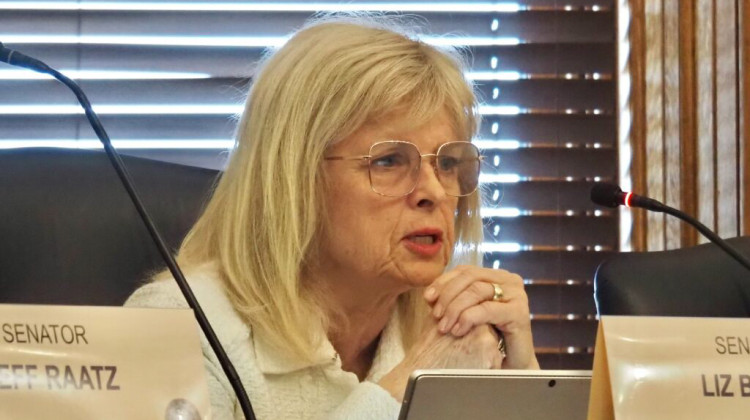
The Indiana Regional Cities Initiative, developed under former Gov. Mike Pence, awarded $126 million to three regions across the state that covered 18 counties.
Courtesy of the State of IndianaIndiana’s Regional Cities Initiative created GDP, population and employment growth in the counties that received its funding.
That’s from a new study out of Ball State University’s Center for Business and Economic Research which examined the 2015 program developed under Gov. Mike Pence.
Three regions of 18 counties were awarded $126 million. And CBER Director Michael Hicks said it generated a $1.6 economic impact. He called it “probably the most important place-based economic development initiative in the last half century” in Indiana.
“Forced communities to sit down and prioritize, get broad-based consensus on what they were going to do, identify projects, investments, building construction in schools or neighborhoods that would benefit not just that neighborhood, but the region as a whole,” Hicks said.
Hicks’s study found that the program created “positive and significant” growth in total employment and particularly in the construction, accommodations and food services sectors.
But there wasn’t employment growth in arts, entertainment and recreation — despite the initiative focusing on “quality of place” improvements in those areas.
“It’s possible that what was really happening is that the building was catching up to these industries already — that we already had a lot of that activity, but they just didn’t have the facilities that would then allow the community to leverage them,” Hicks said.
Join the conversation and sign up for the Indiana Two-Way. Text "Indiana" to 765-275-1120. Your comments and questions in response to our weekly text help us find the answers you need on statewide issues.
The program’s positive impact on employment did not translate into wage growth in the counties that received funding. Hicks said some of that can be attributed to timing. The investments came during a period of low wage growth overall — what Hicks called “the worst economic recovery the state’s ever had.”
“The other thing that the wage data misses is the quality of jobs,” Hicks said. “So, you might not see wage growth, but you might see jobs that have better benefits, that are more stable, that have better working environments.”
Regional Cities was a forerunner to the state’s current READI program. Hicks said evaluating READI will be more challenging because every county received some funding.
“So, it’s going to be very technically difficult to provide an honest answer, one that would pass through the levels of peer review that our study has done,” Hicks said.
Regional Cities awarded money to three regions out of seven that applied, making it easier for Hicks to evaluate the direct impact the funding had.
Brandon is our Statehouse bureau chief. Contact him at bsmith@ipbs.org or follow him on Twitter at @brandonjsmith5.
 DONATE
DONATE







 Support WFYI. We can't do it without you.
Support WFYI. We can't do it without you.